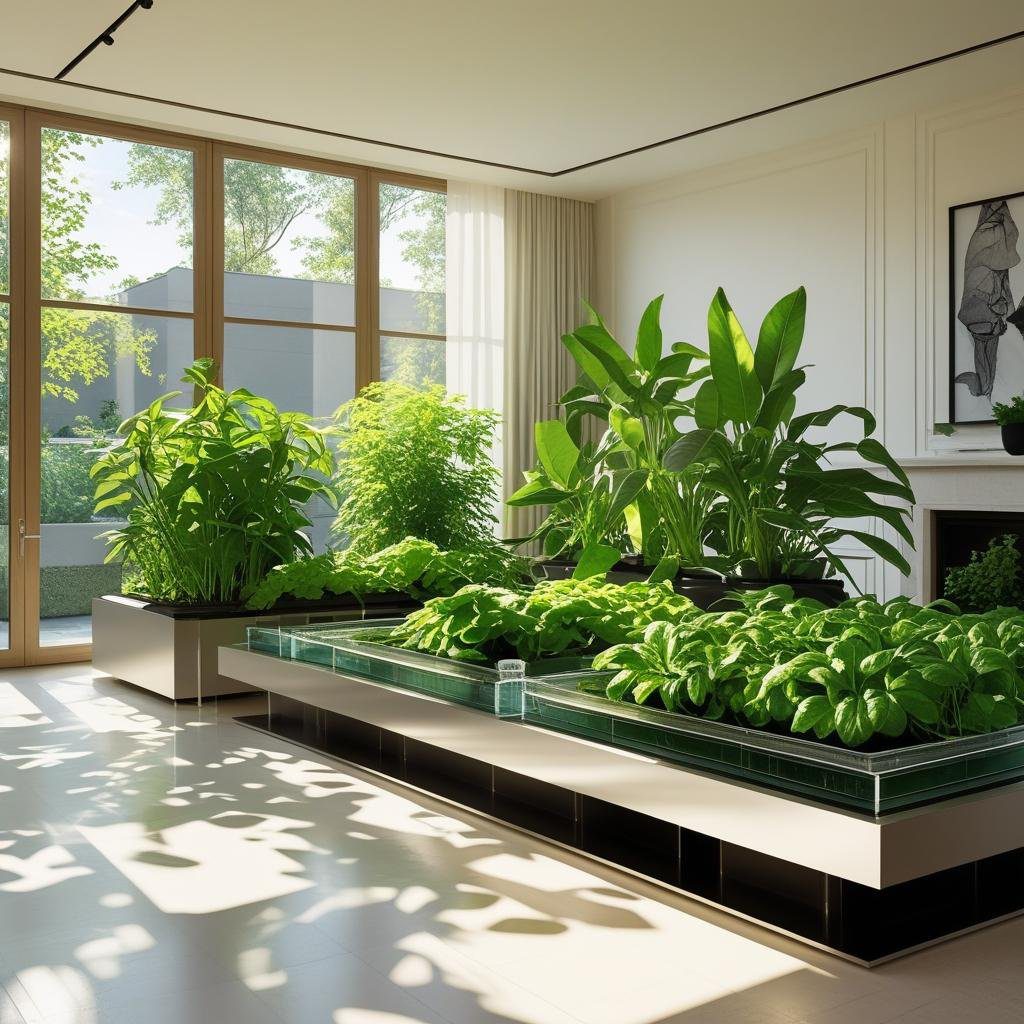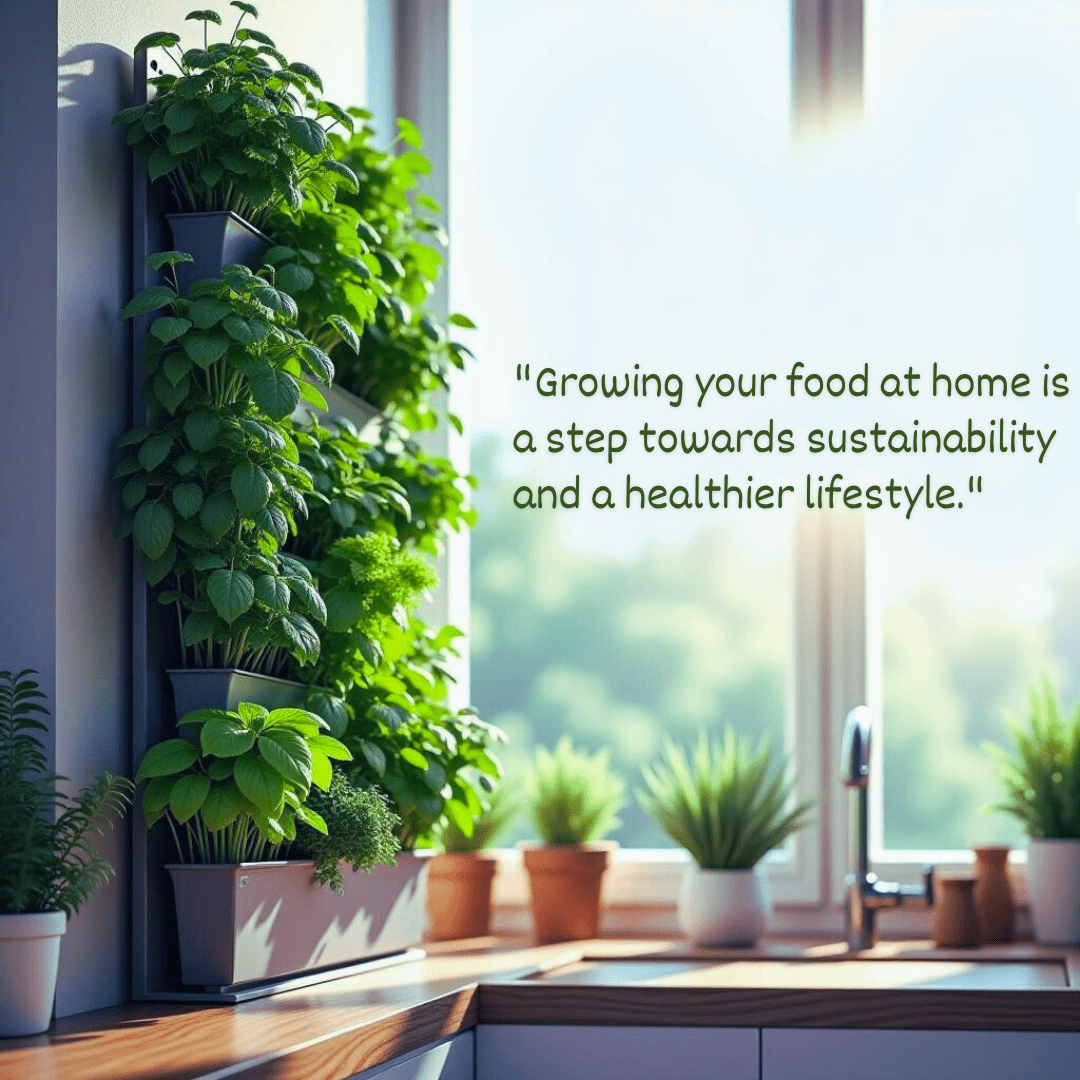Indoor gardening has moved from a niche hobby to a mainstream practice. Urban dwellers and plant lovers now reconnect with nature indoors growing everything from ornamental foliage and functional herbs to specialty crops. Controlled environments let you garden year-round, even in tiny spaces. This article walks you through indoor gardening’s benefits, techniques, and key considerations.
Understanding indoor gardening
Indoor gardening means cultivating plants inside enclosed spaces using containers, pots, soil or soil less systems (like hydroponics), and artificial or supplemented lighting. The approach gives you climate control—so frost, drought, or seasonal swings stop dictating what you can grow.
Key components
- Grow pots & containers. Choose size and material to match root needs. Terracotta breathes; plastic retains moisture. Drainage is essential.
- Plant selection & seeds. Pick varieties suited for indoor light and space: herbs (basil, mint, parsley), leafy greens (lettuce, spinach), low-light ornamental, and compact fruiting varieties.
- Watering & micro climate. Control humidity, temperature, and irrigation whether through drip systems, ebb-and-flow hydroponics, or careful hand watering.
- Soil vs hydroponics. Soil is forgiving; hydroponics gives faster growth, higher water-use efficiency, and precise nutrient control. Recent reviews show soil less systems often use less water and can increase yield when configured correctly.
- Lighting & spectrum. Full-spectrum LED’s are standard. Consider intensity (PPFD), photo period, and spectrum (including UV A/B) depending on plant type and stage.
Benefits of indoor gardening
1. Mental & physical health
Interacting with indoor plants reduces physiological and psychological stress (lower sympathetic activity and lower diastolic blood pressure) and can improve mood. Multiple controlled and review studies report consistent mental-health benefits from indoor plant interaction.
2. Indoor air & environment
Certain plants and potted-soil microbiota can remove or transform volatile organic compounds (VOCs) in tightly sealed chambers (NASA’s classic experiments, Wolverton et al., 1989). However, the real-world impact in typical buildings is limited: air exchange rates in real homes and offices largely determine indoor VOC levels.
3. Local, sustainable food production
Growing herbs and vegetables indoors reduces dependence on long-distance supply chains and packaging. Hydroponic systems can deliver faster yields and better water efficiency versus comparable soil systems when optimized. Comparative studies confirm gains in water-use efficiency (WUE) and growth rates for soil less systems.
4. Caveat, energy & emissions for some crops (e.g., indoor cannabis)
Indoor cannabis production can be energy-intensive. A comprehensive life-cycle study across the U.S. reported a wide emissions range—approximately 2,283 to 5,184 kg CO₂-eq per kg of dried flower—driven mainly by lighting, HVAC, and supplemental CO₂. Using energy-efficient lighting, optimizing HVAC, and switching to renewables can dramatically reduce this footprint.
Getting started; practical guidance.
- Choose the right plants. Start with herbs and leafies if you are new. For ornamental, pick low-light-tolerant varieties (snake plant, pothos, peace lily).
- Pick containers wisely. Match pot size to expected root volume and ensure good drainage. Terracotta helps prevent over watering; plastic pots hold moisture longer.
- Invest in lighting. If natural light is insufficient, use full-spectrum LED grow lights sized for the canopy area. Consider UV supplementation (UVA/UVB) only when appropriate for the crop and stage. (learn more through educational tools)
- Control climate. Target general comfort ranges (rough guideline: 18–27°C / 65–80°F depending on species). Stabilize humidity with humidifiers or dehumidifiers when needed.
- Monitor energy use. For larger setups, optimize for energy efficiency—LEDs, timers, insulation, and programmable climate control reduce operational costs and emissions.
Best practices & research based tips
- Use small daily checks. Regular observation reduces pest and disease spread.
- Balance ventilation & filtration. Good airflow prevents mold and controls VOCs do not rely on plants alone for air cleaning.
- Hydroponics advantages. When carefully managed, hydroponics often increases growth rate and water efficiency ideal for small-footprint, high-yield projects.
- Cannabis growers. Plan for energy cost and local regulations; consider carbon mitigation strategies if sustainability is a goal.
Quick tips for success
- Start simple. Herbs and leafy greens are forgiving.
- Invest in a good light source if natural light is limited.
- Keep humidity and temperature stable.
- Inspect plants regularly for pests and disease.
- Track energy use for larger grows and optimize efficiency.
Final thoughts
Indoor gardening is more than a trend when done well, it supports mental well-being, reduces reliance on distant food systems, and enables precise, efficient cultivation. Use research-backed practices: pick the right plants, control the environment, favor energy-efficient equipment, and consider sustainability from day one. Start small, learn with free tools, and scale with better design and data.



